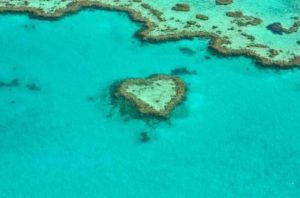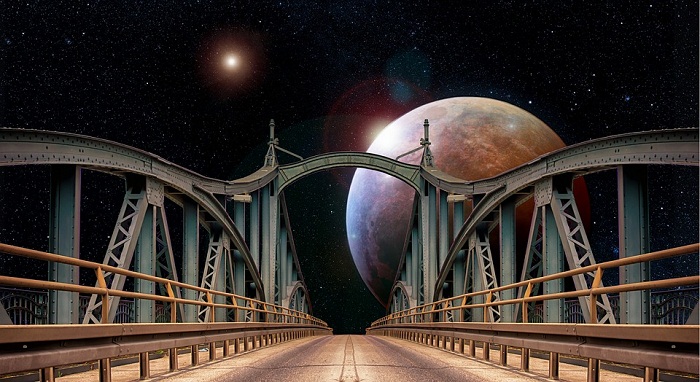
Queensland scientists have discovered a massive underwater landslide (Gloria Knolls Slide) on Great Barrier Reef. Scientists claim that this landslide occurred about 300,000 years ago and could have triggered a 27-meter-high tsunami wave in the ocean. The discovery was made unexpectedly when researchers from Marine National Facility were carrying out a three-dimensional mapping of the seafloor around the Great Barrier Reef.
The Great Barrier Reef—Australia’s best known natural wonder—lies in the Coral Sea off Queensland, and is about 1,400 miles long. It encompasses more than 2,900 individual reefs and covers an area of about 133,000 square miles. Although scientists have carried out 3D mapping of much of the seafloor, the vast size of the reef means the deeper parts in the ocean have hardly been explored.
According to scientists, Gloria Knolls Slide is just one of seven undersea landslides discovered in recent years. The total volume of the landslide debris was approximately 32 cubic kilometers or roughly “about 30 times the size of Uluru”—or Ayers Rock—the massive 348-m-high monolith. Scientists revealed that they were able to locate eight undersea hills “in the middle of nowhere” and also found the crater while reconstructing and working out the contours of the nearby territory.
“There’s this huge chunk taken out of the continental slope… about 20 kilometers long has collapsed and about eight kilometers deep, so an indent on that sort of scale,” Robin Beaman of James Cook University, one of the co-authors of the study, told AFP.
According to scientists, the landslide was found about 75 km off the Queensland state coast.
“We were amazed to discover this cluster of knolls while 3D multibeam mapping the deep GBR seafloor. In an area of the Queensland Trough that was supposed to be relatively flat were eight knolls, appearing like hills with some over 100 m high and 3 km long.” Dr Beaman said.
The age of the landslide was determined after scientists sampled the cold-water corals on one of the hills (knolls) at a depth of 1.17 km. According to the team, the oldest fossil corals were about 302,000 years old.
Dr Beaman says the reef would have acted as a breakwater to reduce the impact of the towering tsunami resulting from the undersea landslide.
“The Barrier Reef itself acts like a porous breakwater. It’s very effective in dampening ocean swells,” Beaman said.
Scientists also sampled the coral community including living and fossil cold-water coral species, bamboo corals, gorgonian sea whips, stalked barnacles, and mollusks.
“The biology we still know very little about… we have some understanding of what’s living on these knolls, but what about the other parts of the deep Great Barrier Reef?” Beaman said.
“What’s living in submarine canyons and the like? For me, that’s the next exciting chapter.”
The detailed findings of the study have been published in the Marine Geology journal.

